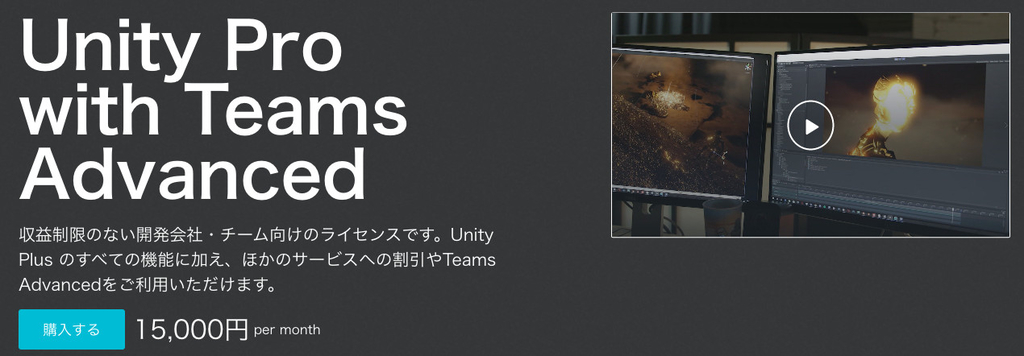
Shader Profiler | Shader Profiler & Heatmap System/Shader Performance Framework
Golem Kin Games
$4.99
(no ratings)
Jump AssetStore
The Shader Profiler with Heatmap analyzes shaders in scenes, visualizing complexity with a color-coded heatmap. Customize thresholds, detect shader variants, and export data to optimize rendering.The Shader Profiler with Heatmap is an advanced Unity Editor tool designed to give developers detailed insights into shader performance and resource consumption, helping identify bottlenecks and optimize rendering efficiency. It analyzes all shaders used within a Unity scene and generates a comprehensive complexity score for each shader, based on essential factors that impact rendering.Each shader’s complexity score is derived from various resource-intensive metrics:Material Count: High material counts for a shader increase its performance cost.Draw Calls: A shader’s complexity increases with higher draw calls, which add load to the rendering pipeline.Memory Usage: The tool estimates memory consumption based on textures used by each shader, aiding in memory management.Texture Samples: The number of texture samples also contributes to shader cost, especially on lower-performance devices.Transparency: Transparent shaders are more taxing on performance, and the tool takes this into account by adding a transparency bonus to the complexity score.Pass Count: Each rendering pass the shader requires can increase rendering time, and shaders with multiple passes are more complex.Dynamic Properties: Shaders with animated or lighting properties have additional overhead.After analysis, each shader’s complexity is represented visually in the Scene view using a color-coded heatmap, allowing developers to immediately identify performance-heavy shaders. The heatmap’s colors and complexity thresholds are fully customizable, so users can adapt them to specific project requirements. Complexity levels can be classified as low, medium, or high, with customizable colors for each level, helping developers get an at-a-glance view of their project’s performance profile.One of the tool’s unique features is its ability to detect shader variants, which are different compiled versions of a shader created when various keyword combinations are enabled. Each unique combination of keywords is tracked as a shader variant, which is displayed in the profiler to indicate the number of variants in use. By understanding how many shader variants are in a scene, developers can gain further insight into the impact of keyword usage on memory and processing demands.Key Features:Detailed Complexity Profiling: Breaks down each shader’s complexity, factoring in draw calls, material usage, texture samples, memory, and transparency.Scene View Heatmap: Instantly highlights shader complexity through a color-coded heatmap in the Scene view, enhancing visibility and workflow.Customizable Complexity Settings: Allows developers to set custom thresholds and heatmap colors for low, medium, and high complexity levels to align with project-specific performance goals.Variant Detection: Recognizes unique shader variants based on enabled keywords, providing additional insights into memory usage and rendering load.Ideal for both game developers and interactive experience creators, the Shader Profiler with Heatmap is an essential tool for managing shader costs in real-time projects, VR, AR, and performance-sensitive applications. By using this tool, developers can understand the real-time costs of each shader in their scene, ultimately helping to streamline rendering, enhance performance, and deliver a smoother user experience in their Unity projects.Key Features:Detailed Complexity Profiling: Breaks down each shader’s complexity, factoring in draw calls, material usage, texture samples, memory, and transparency.Scene View Heatmap: Instantly highlights shader complexity through a color-coded heatmap in the Scene view, enhancing visibility and workflow.Customizable Complexity Settings: Allows developers to set custom thresholds and heatmap colors for low, medium, and high complexity levels to align with project-specific performance goals.Variant Detection: Recognizes unique shader variants based on enabled keywords, providing additional insights into memory usage and rendering load.documentation is mocked out using grok and is then fine tuned by the end developer, mostly to ensure proper grammar and english is utilized








